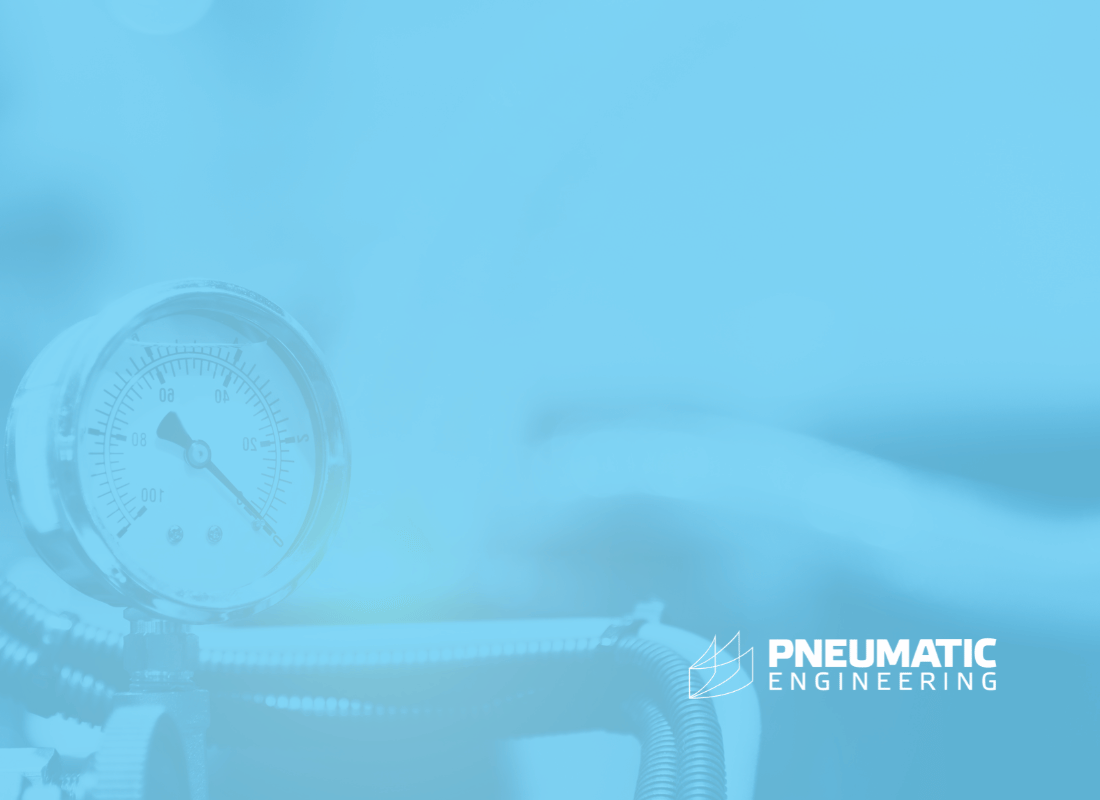Pressure Drops: Why is my air compressor losing pressure?
Pressure Drops: Why is my air compressor losing pressure?

Pressure Drops: Why is my air compressor losing pressure?
What is a pressure drop?
A loss of air pressure from the compressor discharge to the point-of-use application causes a pressure drop. Flaws and weak points, such as inadequate piping in your compressed air system, can lead to unnecessary pressure drops. Ultimately, pressure drops in your compressed air system will increase your energy costs and decrease the efficiency of your applications and equipment. Your compressor needs to compensate for the pressure drop by operating at a higher pressure; this results in your compressor pumping for extended periods, which uses more energy. Putting your system under excessive strain leads to avoidable breakdowns and shortens the life of your compressor. While pressure drops are difficult to eliminate completely, they can be minimised to negligible amounts. A well-designed and efficient system should have a pressure drop that amounts to below 10% of your system’s discharge.
How much does a pressure drop in your compressor cost?
Increasing the pressure of your compressor to compensate for pressure drops is incredibly costly., Even a slight increase of just 1 bar (100kpa) can equate to an extra 6% in power costs from your compressor.
Why is your air compressor losing pressure?
Pressure drops are caused by obstructions and restrictions in airflow or air leaks. Pressure drops can happen anywhere within your compressed air system. Typically, loss of pressure occurs with the following:
Compressed Air Equipment and Components:
any ancillary equipment such as air filters, dryers, and oil or moisture separators that are added or incorporated into your system have the potential to become a weak spot. One of the most common problems with ancillary equipment includes the build-up of dirt on filters (particularly the inline filter) or incorrect sizing of equipment in relation to the compressor's flow rate. Undersized equipment will cause choke points and obstructions of the airflow; this is an example of the latter problem.
Piping Distribution Systems:
Any tubes, hoses and pipes that move the compressed air to the point of use application. The main issues are air leaks and a poorly designed piping system with many friction points such as joins, bends, and undersized piping. Generally, any factor that causes drag or friction inevitably slows the airflow and results in a pressure loss. The piping system is often where the highest-pressure drops can be found; therefore, having a well-designed distribution system is critical to minimise pressure loss.
How to fix pressure drops in your compressed air system?
We often see businesses solve pressure drops by increasing the pressure. Unfortunately, this solution creates more issues in the long run.
1. Locate the Compressor Pressure Drop?
The best way to find out where and the size of the pressure drop is through measurement by installing pressure gauges on your system, particularly in suspected areas. Once you know what components are causing the pressure drops, these components can be replaced or fixed.
2. Compressor Maintenance
Make sure that you are up to date with the cleaning and maintenance of your compressor. Regular maintenance includes cleaning and replacing filters; checking valves, seals and connectors for leakages; and replacing damaged and corroded components.
3. Book an Air Audit or Air Leak Detection
Have a compressed air specialist conduct an air audit or leak detection, as diagnosing and fixing compressor pressure drops is a complex and technical process. A professional will ensure that any flaws or weak points in your system are found and fixed in line with the best practices. They can make recommendations regarding the design of your compressed air system to ensure it minimises the potential for pressure loss.
Contact us today for a chat or to schedule a site meeting for a compressed air analysis with one of our highly trained staff!
About Pneumatic Engineering
Pneumatic Engineering, a West Australian compressor sales and servicing company based in Welshpool with over 40 years of experience supplying compressed air solutions. Standing out in the industry for having the flexibility and expertise to source, fix and maintain any compressor equipment. Contact us today! Pneumatic Engineering is a proud member of The Crommelin Group.
